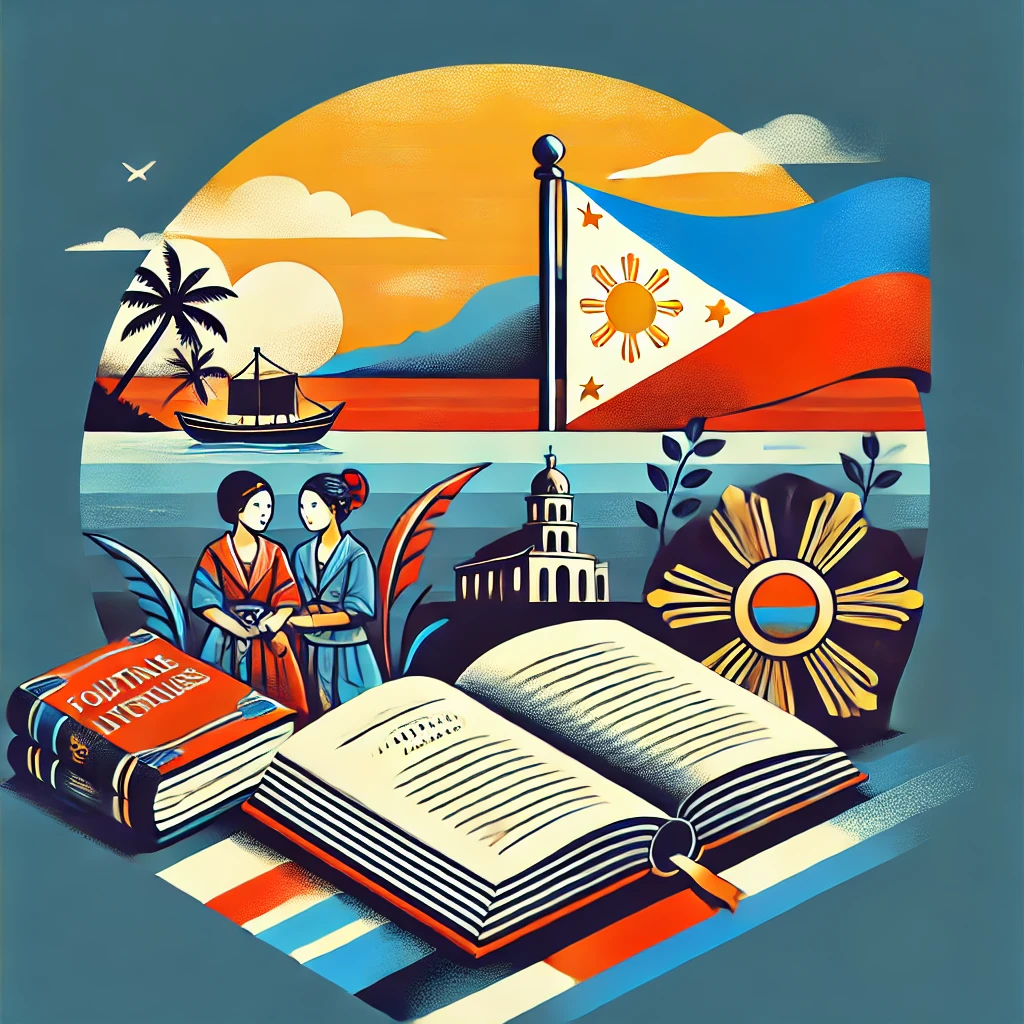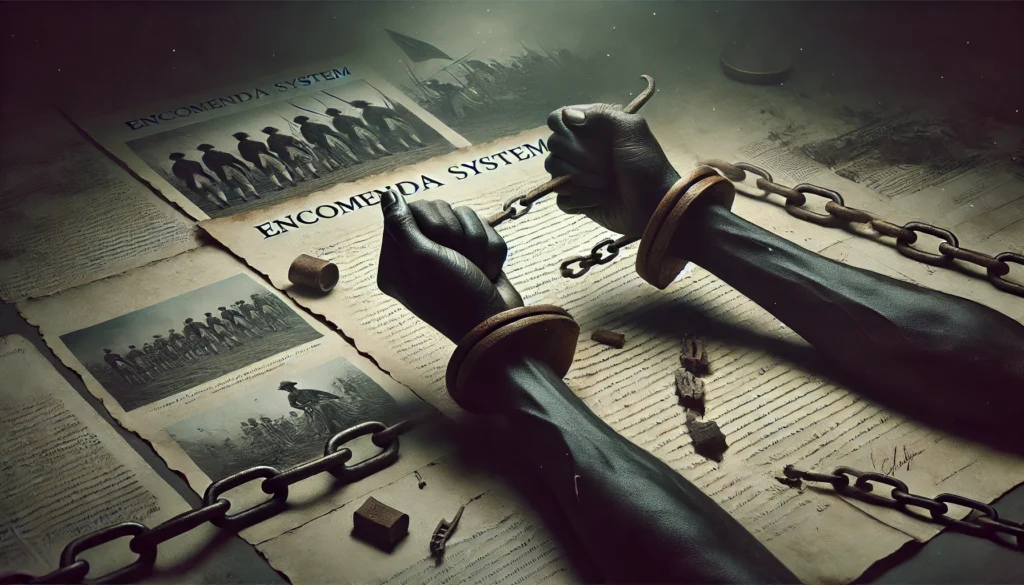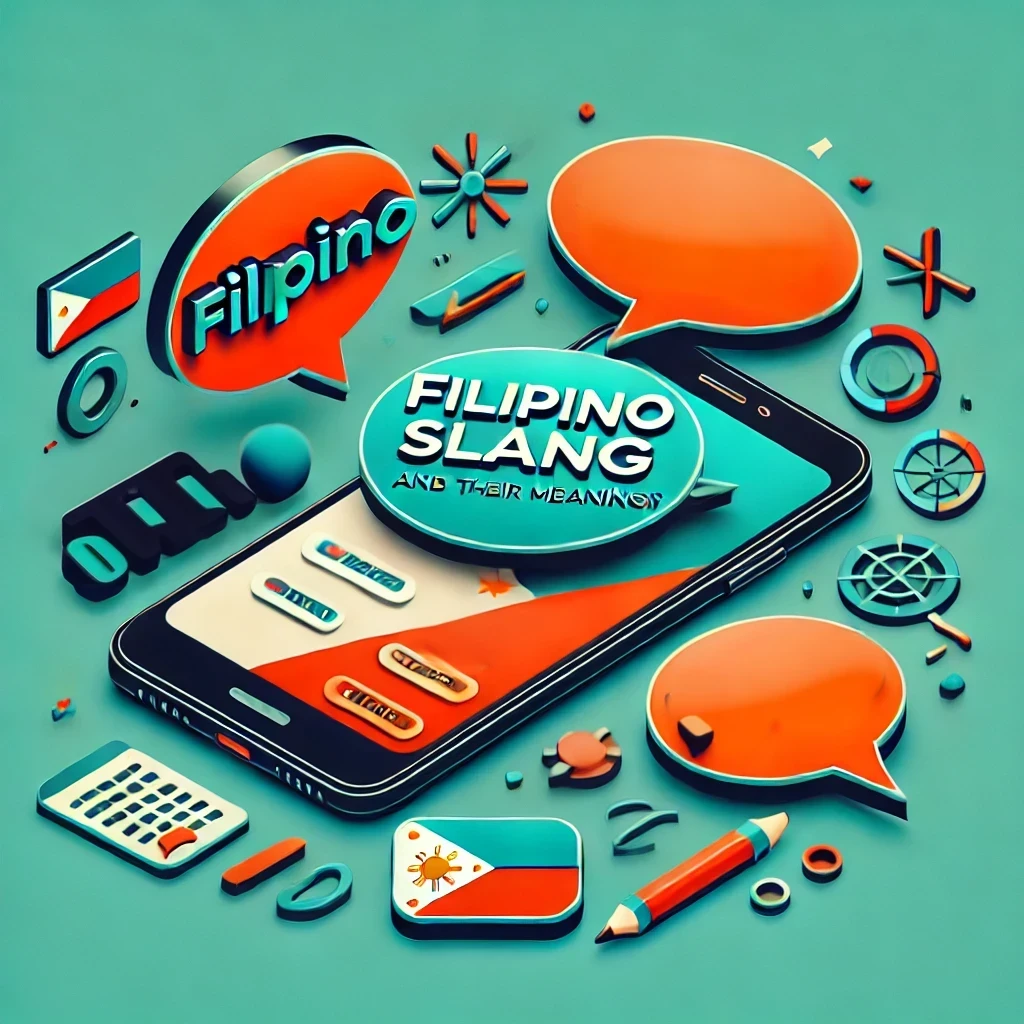Philippine literature is a rich tapestry of oral traditions, written works, and diverse cultural influences that span centuries of history. From ancient folktales passed down through generations to contemporary novels that explore modern Filipino society, the literary landscape of the Philippines reflects the nation’s complex heritage and evolving identity. This comprehensive exploration delves into the origins, development, and current state of Philippine literature, tracing its journey from pre-colonial times to the present day. By examining key periods, influential authors, and significant works, we will gain a deeper understanding of how Philippine literature has both shaped and been shaped by the country’s historical, social, and cultural contexts.
Pre-Colonial Literature: The Oral Tradition
Origins and Characteristics
The roots of Philippine literature can be traced back to the pre-colonial era, long before the arrival of Spanish colonizers in the 16th century. During this period, literature primarily existed in oral form, passed down through generations by word of mouth. This oral tradition encompassed a wide range of literary forms, including:
- Epics: Long narrative poems recounting the adventures of mythical heroes
- Folktales: Stories that explained natural phenomena or conveyed moral lessons
- Riddles: Witty questions used for entertainment and to sharpen mental acuity
- Proverbs: Short, memorable sayings that encapsulated cultural wisdom
- Chants and Rituals: Poetic recitations used in religious and spiritual practices
These oral traditions were deeply intertwined with the daily lives, beliefs, and customs of the various ethnic groups inhabiting the Philippine archipelago. They served not only as entertainment but also as a means of preserving cultural knowledge, historical events, and societal values.
Notable Examples
Some of the most notable examples of pre-colonial Philippine literature that have survived to the present day include:
- Hudhud: An epic poem of the Ifugao people of Northern Luzon, recounting the adventures of ancestral heroes
- Darangen: A Maranao epic that narrates the exploits of legendary heroes and their conflicts
- Biag ni Lam-ang: An epic poem from the Ilocano region, telling the life story of the hero Lam-ang
These epics, along with countless folktales and other oral traditions, form the foundation of Philippine literature and continue to influence contemporary Filipino writers and storytellers.
The Spanish Colonial Period: Emergence of Written Literature
Historical Context
The arrival of Spanish colonizers in 1565 marked a significant turning point in the development of Philippine literature. The introduction of the Roman alphabet and the spread of Christianity led to the emergence of written literature in the Philippines. This period, which lasted for more than three centuries, saw the coexistence of traditional oral literature and new forms of written expression.
Key Developments
During the Spanish colonial period, several important developments shaped the course of Philippine literature:
- Religious Literature: The production of religious texts, including prayers, novenas, and catechisms in local languages
- Secular Poetry: The emergence of poetic forms such as the awit and corrido, narrative poems written in octosyllabic quatrains
- Metrical Romances: Adaptations of European chivalric tales into local languages and contexts
- Pasyon: A poetic narrative of the life, passion, and death of Jesus Christ, which became a popular form of religious literature
Noteworthy Authors and Works
Some of the most significant authors and works from this period include:
- Francisco Balagtas (1788-1862): Author of “Florante at Laura,” considered one of the greatest literary works in Tagalog
- Pedro Bukaneg (1592-1666): Credited with translating the Bible into Ilocano and composing the Ilocano epic “Biag ni Lam-ang”
- Gaspar Aquino de Belen: Wrote “Mahal na Passion ni Jesu Christong Panginoon Natin,” one of the earliest known literary works in Tagalog
The American Colonial Period: Transition and Transformation
Historical Context
The American colonial period, which began in 1898 following the Spanish-American War, brought about significant changes in Philippine society and, consequently, its literature. The introduction of English as the medium of instruction in schools and the promotion of American cultural values had a profound impact on Filipino writers and their works.
Key Developments
During this period, Philippine literature underwent several important transformations:
- Rise of English-language Literature: Filipino authors began writing in English, leading to a new body of work that gained international recognition
- Emergence of the Short Story: The short story became a popular form, with many writers excelling in this genre
- Development of the Filipino Novel: Longer prose works in both English and local languages began to emerge
- Growth of Journalism: The establishment of English-language newspapers provided a platform for Filipino writers to hone their craft and reach a wider audience
Noteworthy Authors and Works
The American colonial period saw the rise of many influential Filipino authors, including:
- José Rizal (1861-1896): Although he wrote during the late Spanish period, Rizal’s novels “Noli Me Tángere” and “El Filibusterismo” greatly influenced writers of the American period
- Paz Márquez-Benítez (1894-1983): Author of “Dead Stars” (1925), considered the first modern English-language short story by a Filipino
- Manuel E. Arguilla (1911-1944): Known for his short stories that vividly portrayed rural Philippine life
- Nick Joaquin (1917-2004): A prolific writer who excelled in various genres, including short stories, novels, and plays
The Japanese Occupation and Post-War Period: Resilience and Recovery
Historical Context
The Japanese occupation of the Philippines during World War II (1942-1945) and the subsequent post-war period marked another significant phase in the development of Philippine literature. Despite the challenges and hardships of war, Filipino writers continued to produce works that reflected the realities of their time.
Key Developments
This period saw several important trends in Philippine literature:
- Guerrilla Literature: Underground publications and resistance literature emerged during the Japanese occupation
- War Literature: Many writers focused on themes of war, survival, and national identity in their post-war works
- Social Realism: A growing emphasis on depicting social issues and the struggles of ordinary Filipinos
- Modernist Experimentation: Some writers began to explore new literary techniques and styles influenced by global modernist movements
Noteworthy Authors and Works
Some of the most significant authors and works from this period include:
- Carlos Bulosan (1911-1956): Author of “America Is in the Heart,” a semi-autobiographical novel exploring the Filipino immigrant experience
- Bienvenido N. Santos (1911-1996): Known for his short stories and novels depicting Filipino life in the United States
- Edilberto K. Tiempo (1913-1996) and Edith L. Tiempo (1919-2011): A literary power couple who made significant contributions to Philippine literature in English
- F. Sionil José (1924-2022): One of the most widely read Filipino authors, known for his novels exploring Philippine history and society
Contemporary Philippine Literature: Diversity and Innovation
Current Trends
Contemporary Philippine literature is characterized by its diversity in terms of languages, genres, themes, and styles. Some of the notable trends in recent decades include:
- Multilingual Writing: Authors are increasingly writing in various Philippine languages, as well as in English and Filipino
- Genre Fiction: The growth of genre-specific literature, including science fiction, fantasy, and mystery
- LGBTQ+ Literature: Increased representation of LGBTQ+ experiences and perspectives in Filipino literature
- Diaspora Literature: Works exploring the experiences of Filipinos living abroad
- Digital Literature: The emergence of online platforms and digital publishing, enabling new forms of literary expression
Notable Contemporary Authors
The contemporary Philippine literary scene boasts a wealth of talented authors, including:
- Jessica Hagedorn: Known for her novel “Dogeaters” and other works exploring Filipino-American identity
- Miguel Syjuco: Author of the award-winning novel “Ilustrado”
- Merlinda Bobis: A prolific writer working across multiple genres and languages
- Gina Apostol: Known for her complex, historically-informed novels such as “Insurrecto”
- Rin Chupeco: A young adult and fantasy author gaining international recognition
Philippine Literature in Numbers
To provide a clearer picture of the current state of Philippine literature, let’s examine some key statistics and data:
| Category | Statistic |
|---|---|
| Languages with significant literary traditions | 20+ |
| Books published annually (estimate) | 8,000-10,000 |
| Percentage of books published in English | 60% |
| Percentage of books published in Filipino | 30% |
| Percentage of books published in other Philippine languages | 10% |
| Number of major literary awards | 15+ |
| Average book sales for a bestselling novel | 10,000-20,000 copies |
Timeline of Philippine Literary Milestones
To better visualize the development of Philippine literature over time, here’s a timeline of key events and publications:
- Pre-1565: Oral traditions and epics
- 1593: Publication of “Doctrina Christiana,” the first book printed in the Philippines
- 1704: First known literary work in Tagalog, “Pasyon” by Gaspar Aquino de Belen
- 1838: Publication of “Florante at Laura” by Francisco Balagtas
- 1887: Publication of “Noli Me Tángere” by José Rizal
- 1925: Publication of “Dead Stars” by Paz Márquez-Benítez
- 1940: Establishment of the Commonwealth Literary Awards
- 1946: First post-war issue of the literary journal “Philippine Writing”
- 1973: Establishment of the Palanca Awards for Literature
- 1990: First Filipino to win the Magsaysay Award for Literature (F. Sionil José)
- 2008: Miguel Syjuco wins the Man Asian Literary Prize for “Ilustrado”
- 2018: Establishment of the Philippine National Book Awards
Challenges and Opportunities in Philippine Literature
Current Challenges
Despite its rich history and diverse contemporary scene, Philippine literature faces several challenges:
- Limited readership and low book sales compared to international markets
- Competition from digital media and entertainment
- Lack of government support for literature and the arts
- Limited translation of works between Philippine languages and into foreign languages
- Brain drain of talented writers to other countries or professions
Opportunities for Growth
However, there are also numerous opportunities for the continued development and promotion of Philippine literature:
- Increasing global interest in diverse voices and perspectives
- Growing Filipino diaspora creating new markets for Philippine literature abroad
- Digital publishing platforms enabling wider distribution and access to literary works
- Rising interest in indigenous languages and cultures, leading to the revival of regional literatures
- Collaborative efforts between writers, publishers, and educational institutions to promote reading and writing
Conclusion
Philippine literature has come a long way from its roots in oral traditions to the vibrant, multifaceted literary landscape of today. Throughout its history, it has been shaped by various cultural influences, historical events, and societal changes, resulting in a rich and diverse body of work that reflects the complexity of Filipino identity and experiences. From the epic poems of pre-colonial times to the genre-bending novels of contemporary authors, Philippine literature continues to evolve and adapt to new challenges and opportunities.
As we look to the future, it is clear that Philippine literature has much to offer both to its own people and to the global literary community. By preserving and celebrating its unique cultural heritage while embracing innovation and diversity, Philippine literature is poised to continue its growth and development in the years to come. Whether through traditional print media or emerging digital platforms, the voices of Filipino writers will undoubtedly continue to captivate, challenge, and inspire readers both at home and around the world.
Disclaimer: While every effort has been made to ensure the accuracy of the information presented in this blog post, the field of literature is vast and constantly evolving. Some details may be subject to interpretation or may have changed since the time of writing. We encourage readers to consult primary sources and recent academic publications for the most up-to-date information on specific aspects of Philippine literature. If you notice any inaccuracies, please report them so we can correct them promptly.





Fantastic article! The tip on putting money aside for a wedding is so useful. I’ve been using this approach, and it’s helped me on track. I also created a free tool to calculate how much to save, which your readers might find helpful. Well done!